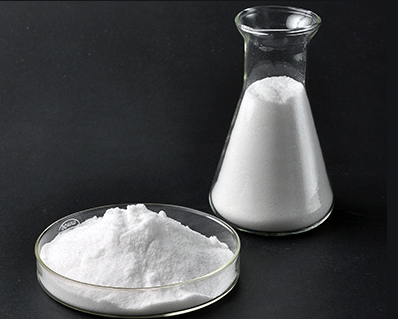Etoposid Chemische Eigenschaften,Einsatz,Produktion Methoden
R-S?tze Betriebsanweisung:
R45:Kann Krebs erzeugen.
R22:Gesundheitssch?dlich beim Verschlucken.
R36/37/38:Reizt die Augen, die Atmungsorgane und die Haut.
S-S?tze Betriebsanweisung:
S53:Exposition vermeiden - vor Gebrauch besondere Anweisungen einholen.
S45:Bei Unfall oder Unwohlsein sofort Arzt zuziehen (wenn m?glich, dieses Etikett vorzeigen).
S36/37:Bei der Arbeit geeignete Schutzhandschuhe und Schutzkleidung tragen.
S26:Bei Berührung mit den Augen sofort gründlich mit Wasser abspülen und Arzt konsultieren.
Beschreibung
Etoposide is a plant alkaloid and an inhibitor of topoisomerase II (IC
50 = 60.3 μM). It inhibits proliferation of a variety of adenocarcinoma cells (IC
50s = 0.005-12,200 μM) and human umbilical vein endothelial (HUVEC) cells (IC
50 = 0.249 μM). It reduces tumor growth in an Ma human embryonal carcinoma mouse xenograft model when administered at a dose of 25 mg/kg, an effect that is enhanced by concomitant administration of the immunosuppressant cyclosporin A . Etoposide also inhibits nuclear receptor coactivator 3 (IC
50 = 2.48 μM). Formulations containing etoposide have been used in combination therapy in the treatment of cancer.
Chemische Eigenschaften
White or almost white, crystalline powder, slightly hygroscopic

Verwenden
Etoposide is used for germinogenic tumors, ovarian, stomach, and lung cancer, Hodgkin’s
disease, and non-Hodgkin’s lymphoma for both monotherapy and in combination therapy.
Indications
Etoposide (VePesid) is a semisynthetic derivative of
podophyllotoxin that is produced in the roots of the
American mandrake, or May apple. Unlike podophyllotoxin
and vinca alkaloids, etoposide does not bind to microtubules.
It forms a complex with the enzyme topoisomerase
II, which results in a single-strand breakage of
DNA. It is most lethal to cells in the S- and G2-phases of
the cell cycle. Drug resistance to etoposide is thought to
be caused by decreased cellular drug accumulation.
Etoposide is most useful against testicular and ovarian
germ cell cancers, lymphomas, small cell lung cancers,
and acute myelogenous and lymphoblastic
leukemia.Toxicities include mild nausea, alopecia, allergic
reaction, phlebitis at the injection site, and bone
marrow toxicity.
Clinical Use
Etoposide is utilized in the treatment of small cell lung cancer and in combination with other agents in refractory testicular cancer.
Sicherheitsprofil
Poison by ingestion,
intraperitoneal, intravenous, and
subcutaneous routes. An experimental
teratogen. Human systemic effects by
ingestion and inhalation: agranulocytosis,
aplastic anemia, and other changes in bone
marrow. Experimental reproductive effects.
Human mutation data reported. When
heated to decomposition it emits acrid
smoke and fumes.
Stoffwechsel
The drug is more than 96% protein bound, undergoes biphasic elimination, and has a terminal half-life of 4 to 11 hours. Approximately 35 to 45% of a dose is eliminated via the kidneys, with less than 6% excreted in feces. The drug should be used with caution in patients with renal or liver disease.
Einzelnachweise
Hande, K. R. "Etoposide: four decades of development of a topoisomerase II inhibitor." European Journal of Cancer34.10(1998):1514.
Noda, K, et al. "Irinotecan plus cisplatin compared with etoposide plus cisplatin for extensive small-cell lung cancer." New England Journal of Medicine 346.2(2002):85-91.
Etoposid Upstream-Materialien And Downstream Produkte
Upstream-Materialien
Downstream Produkte

